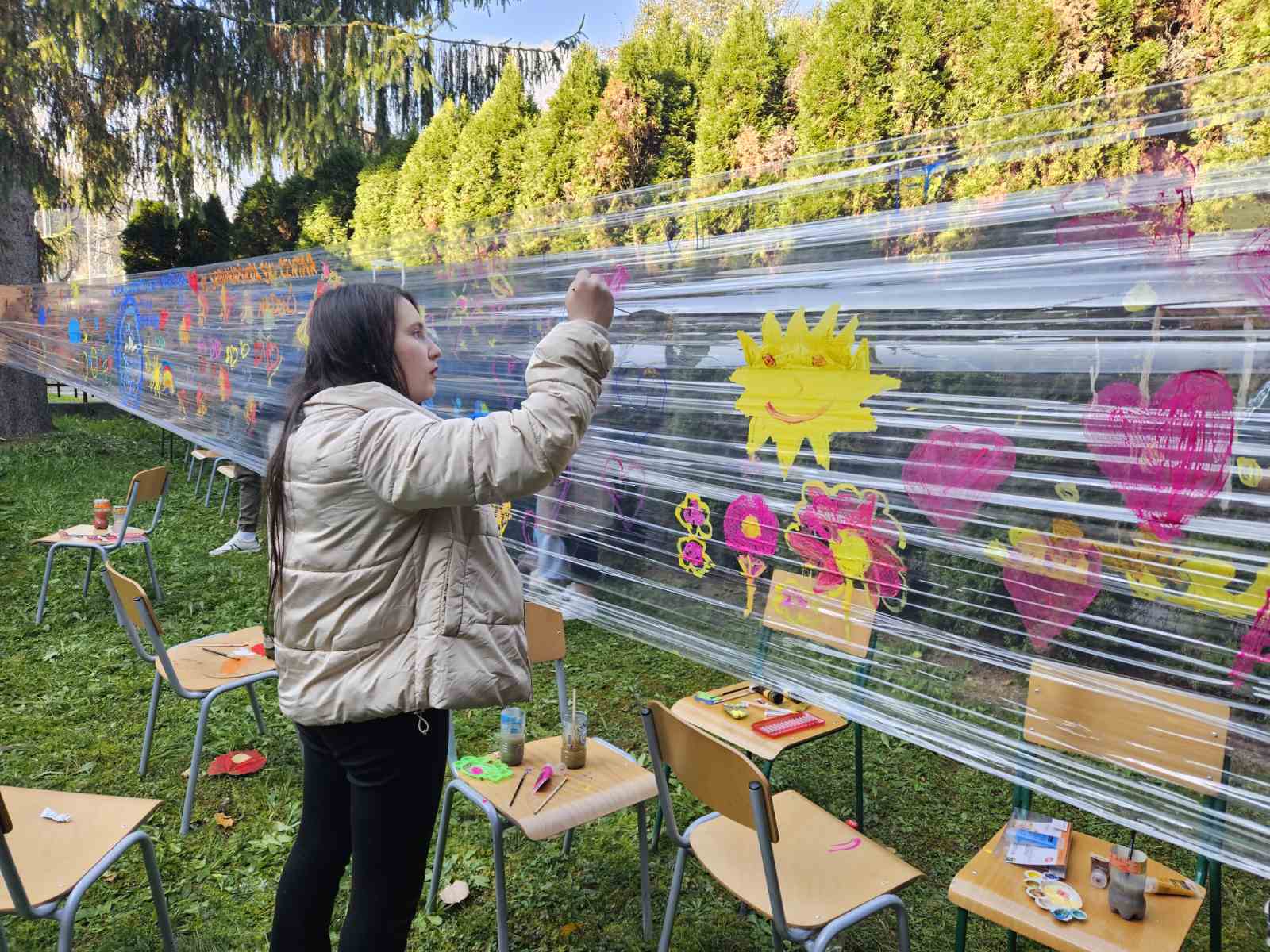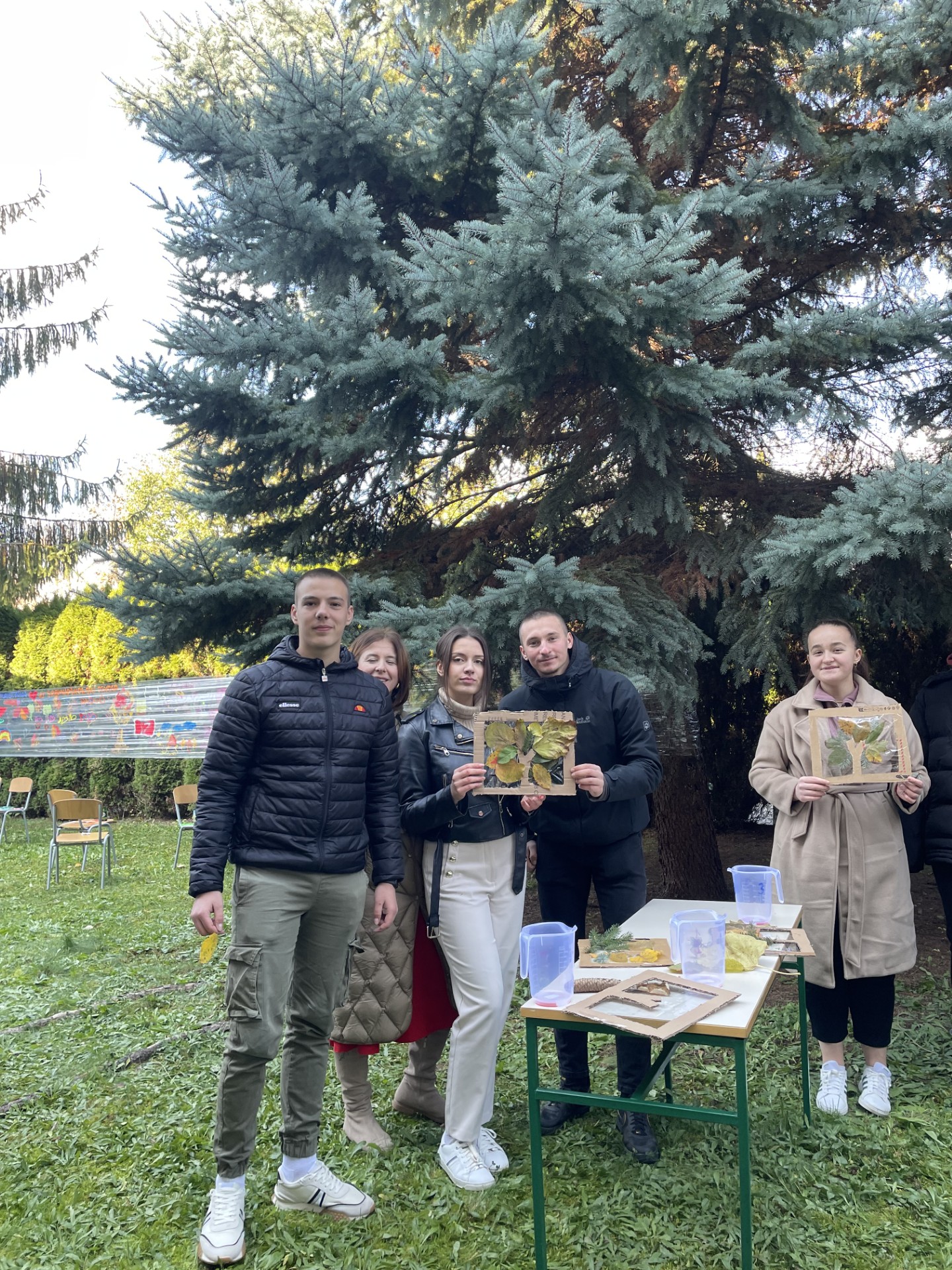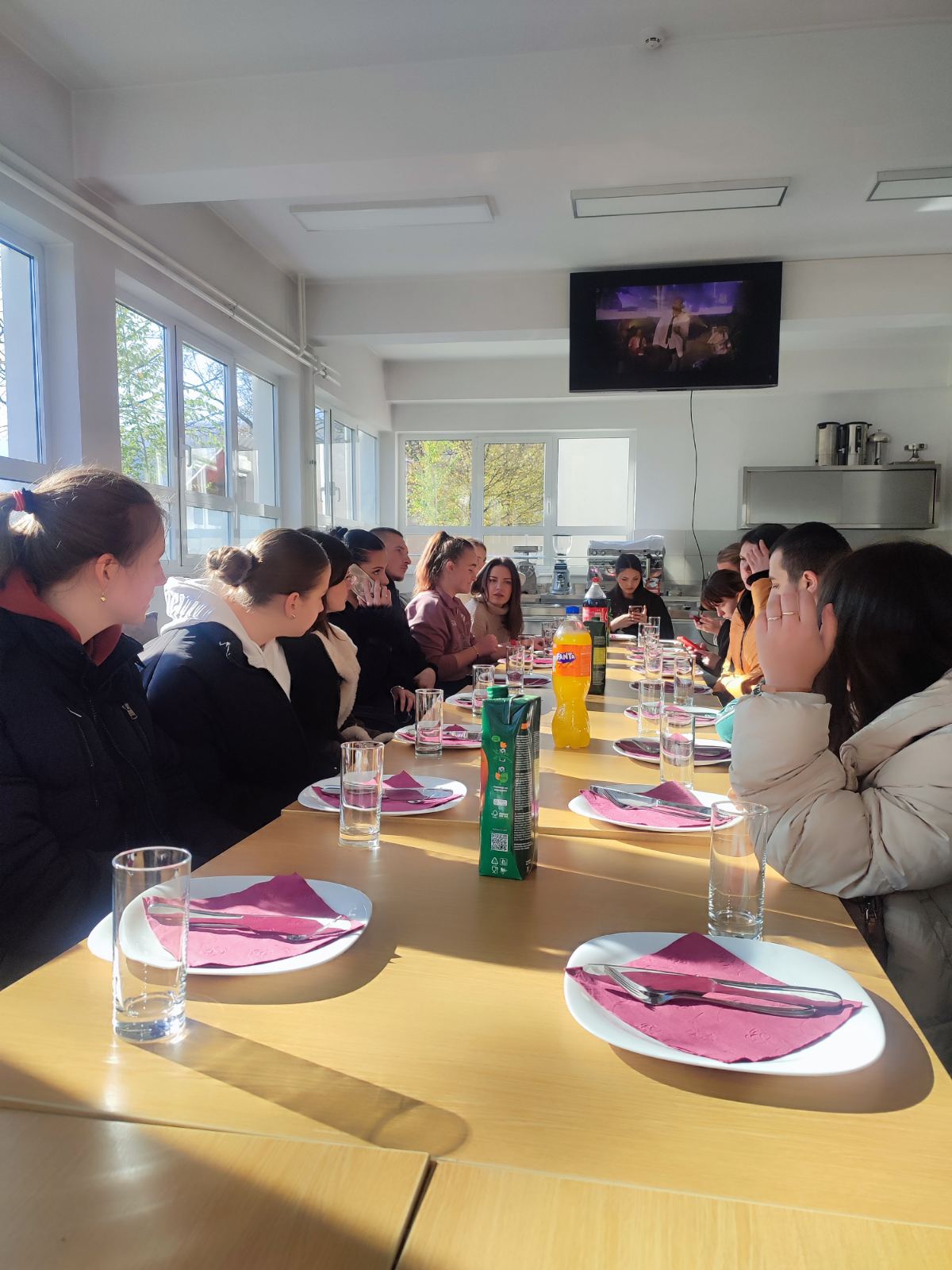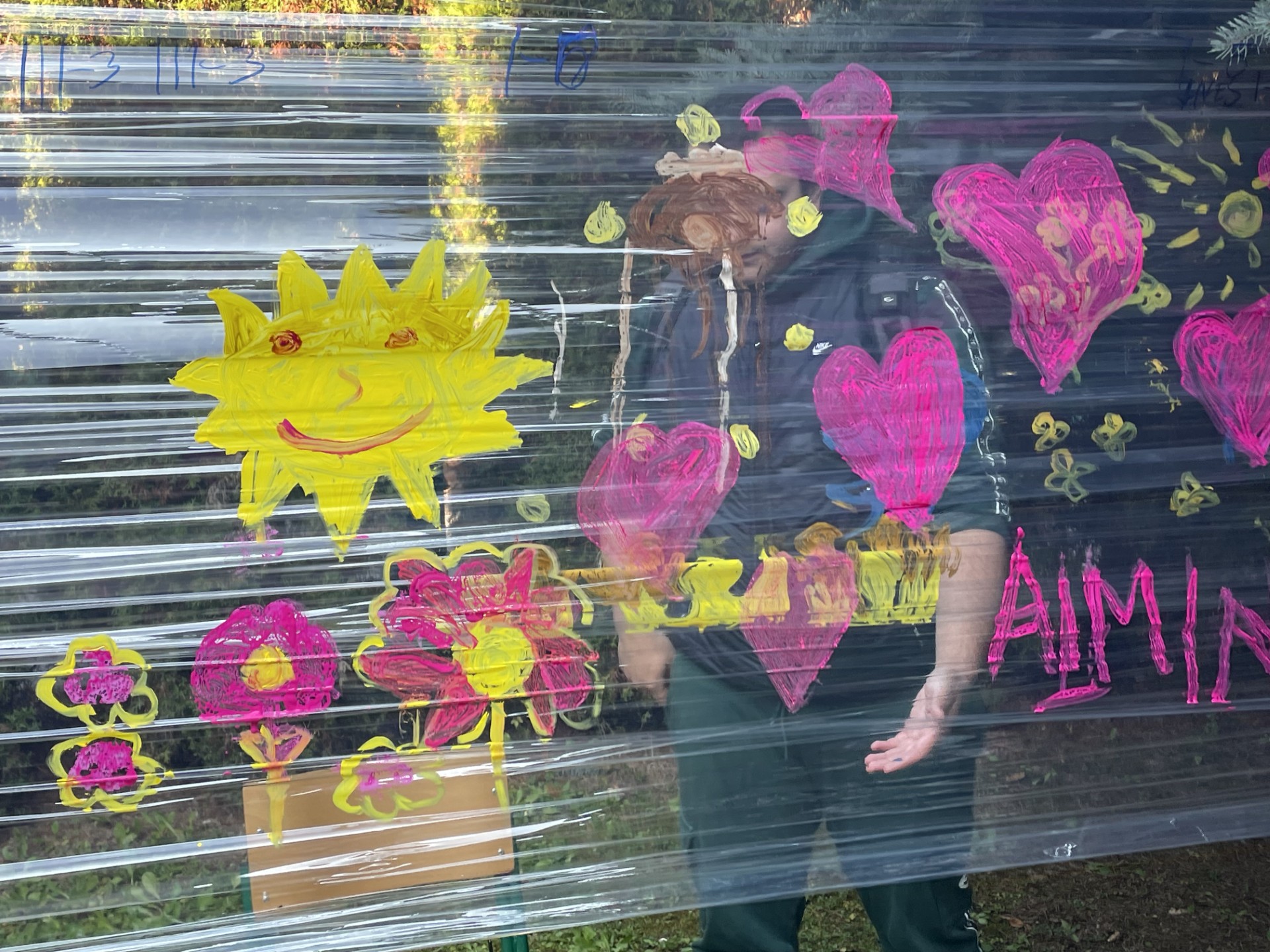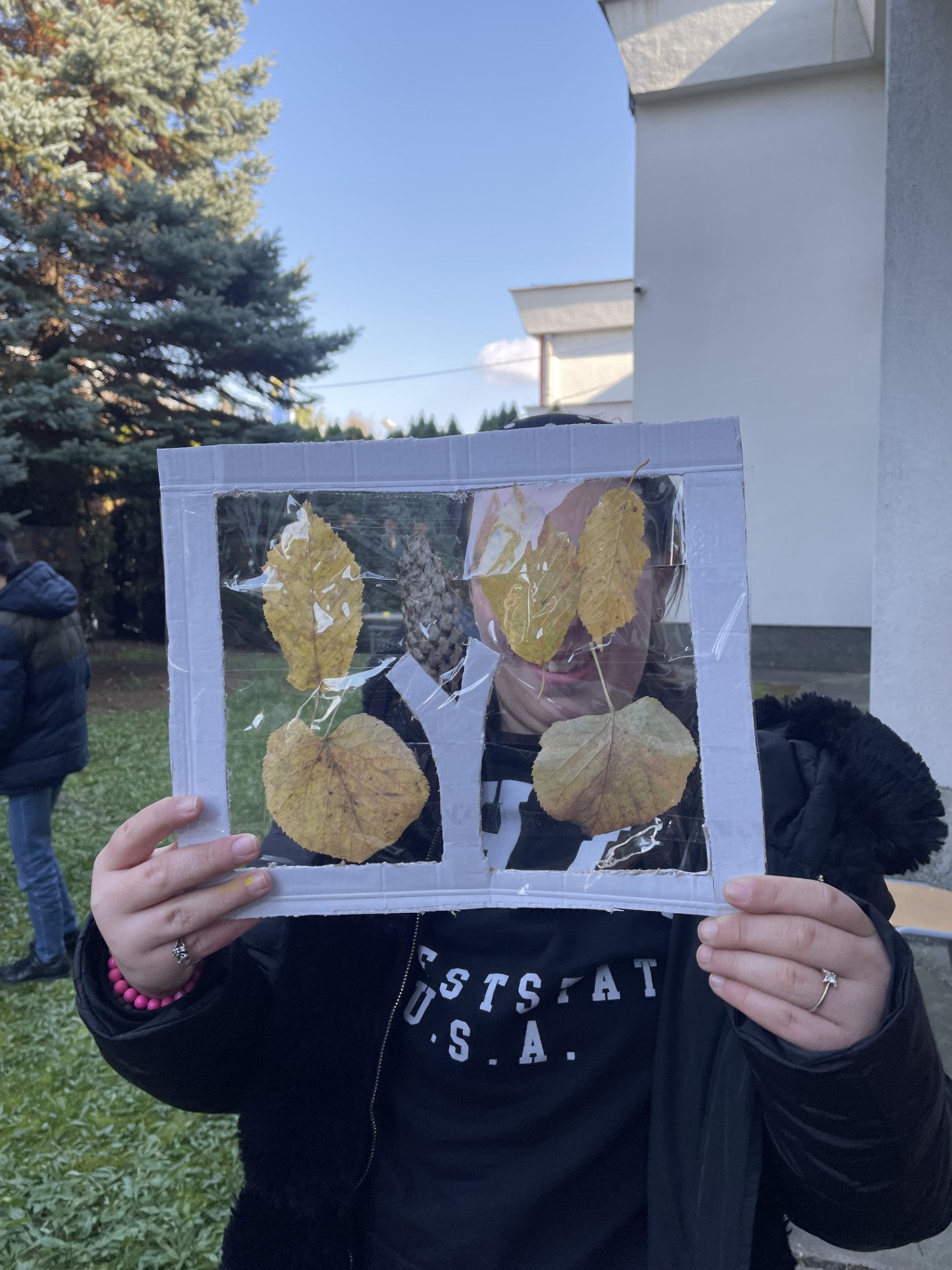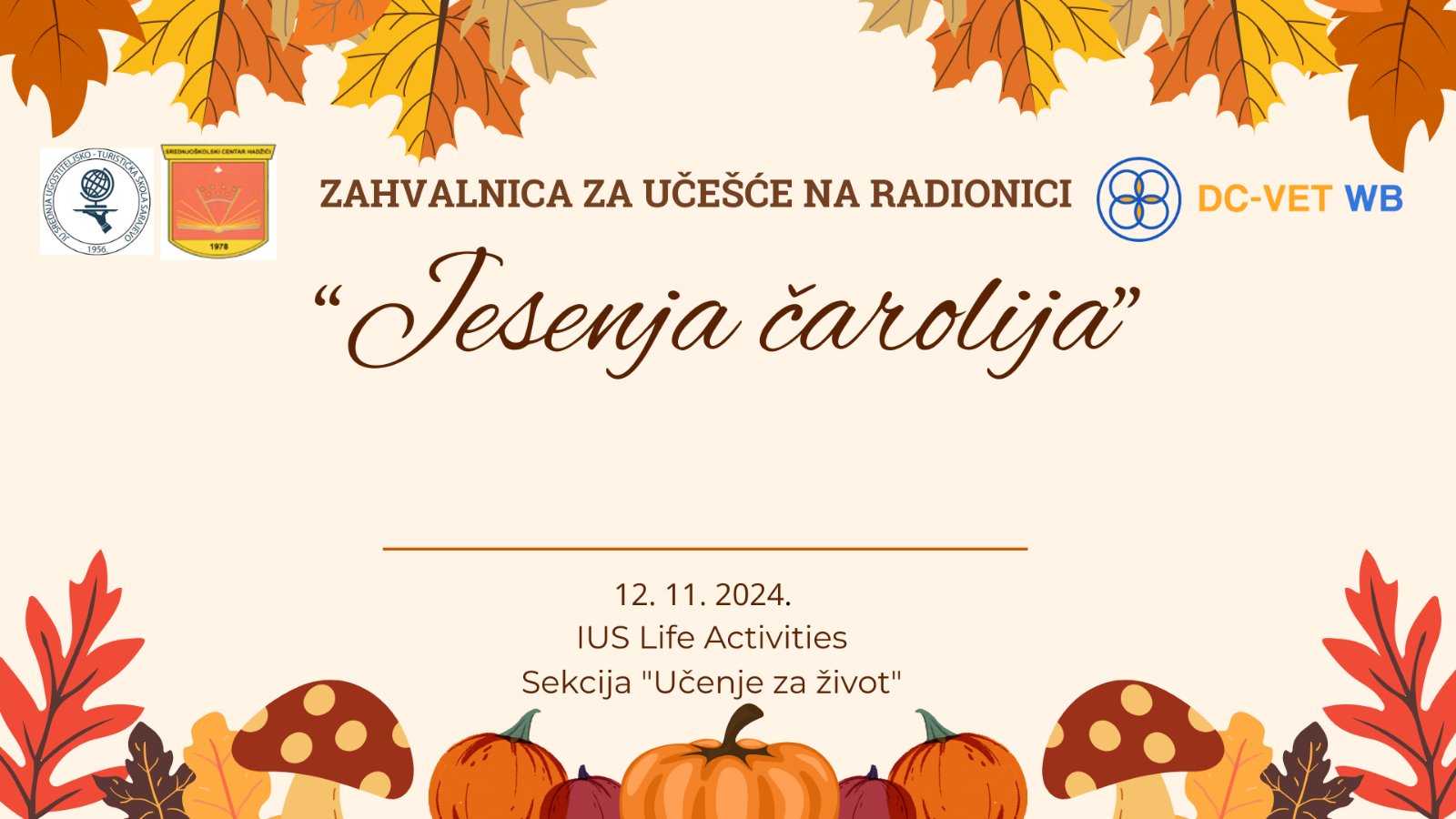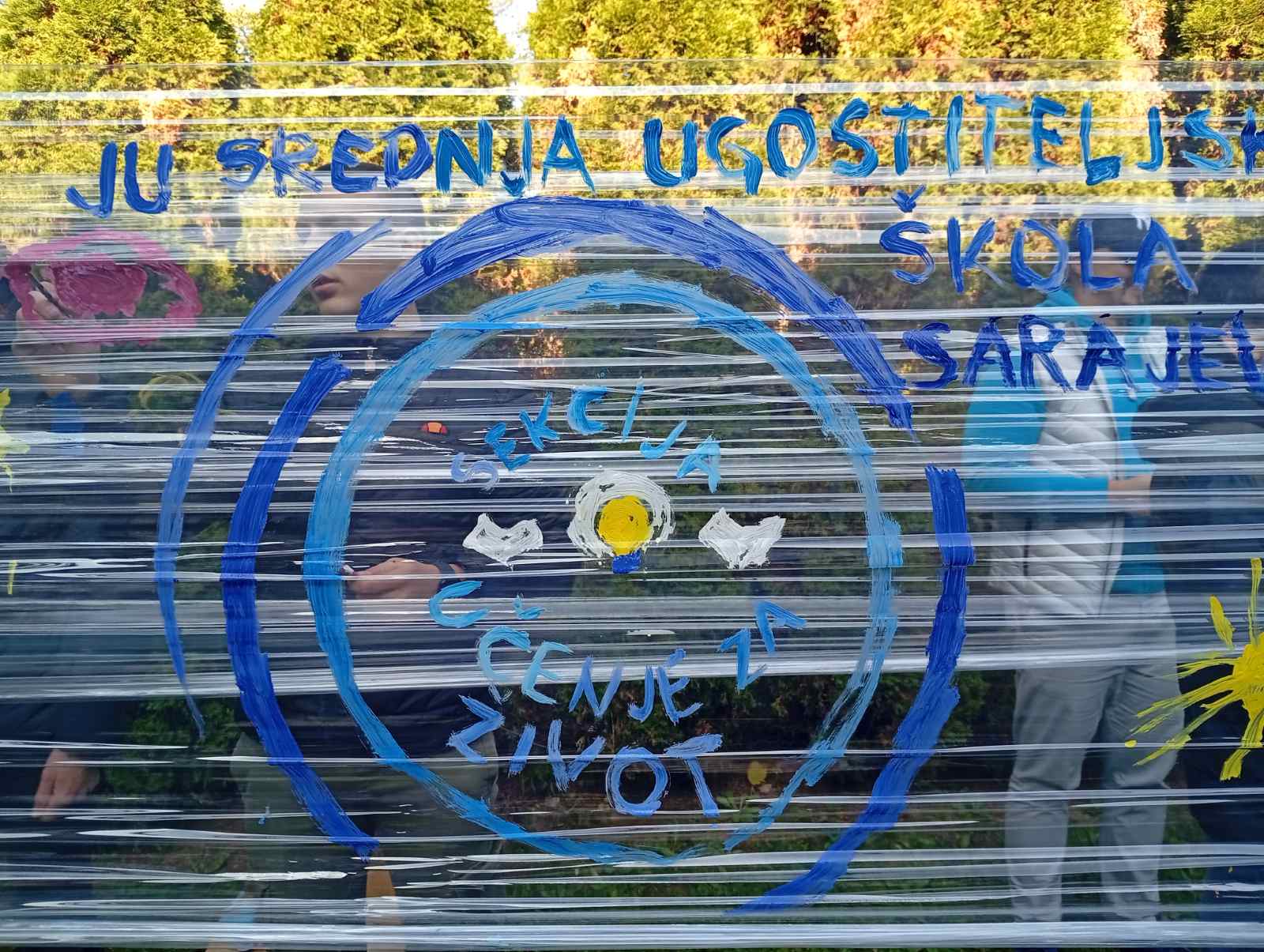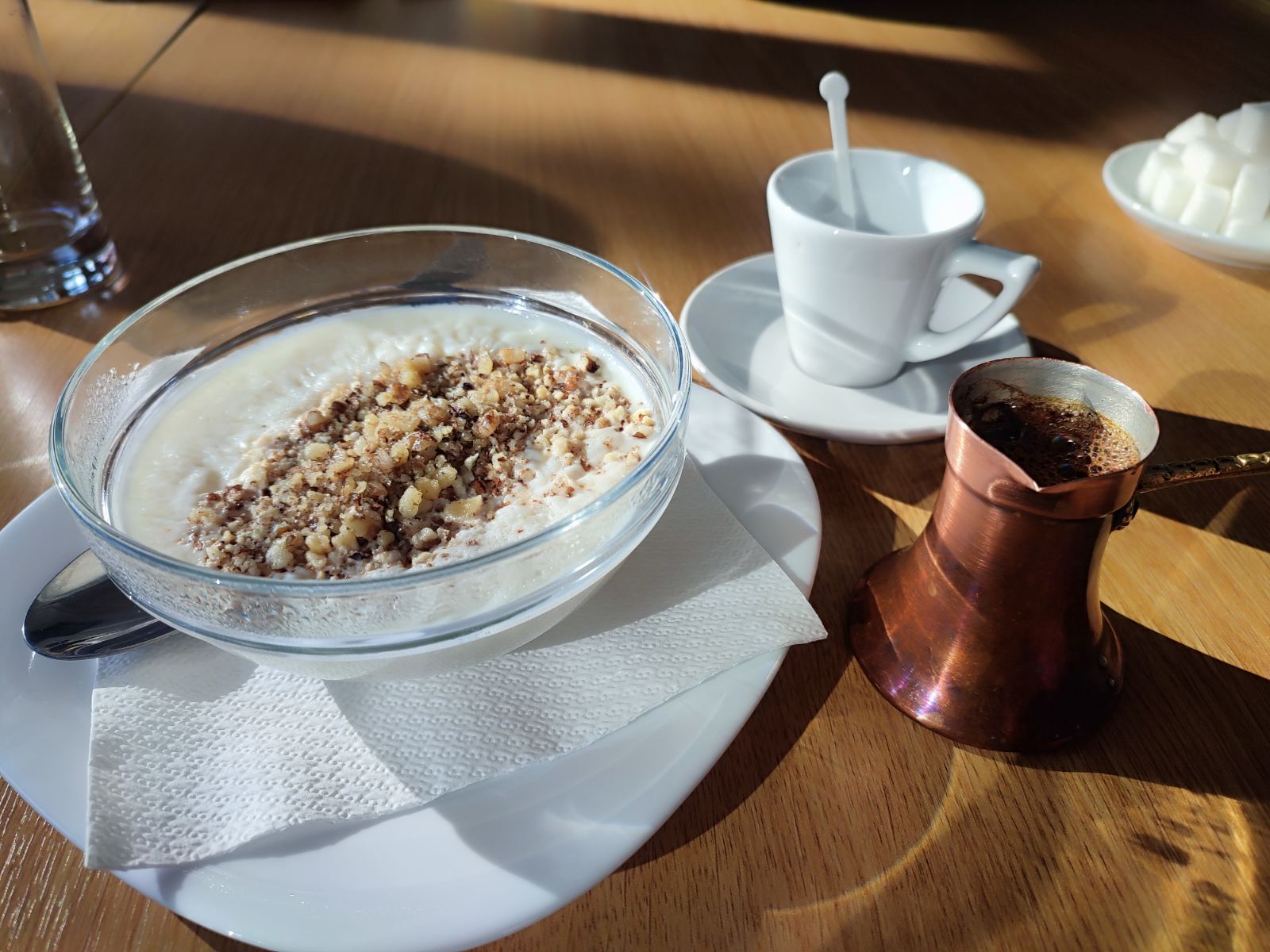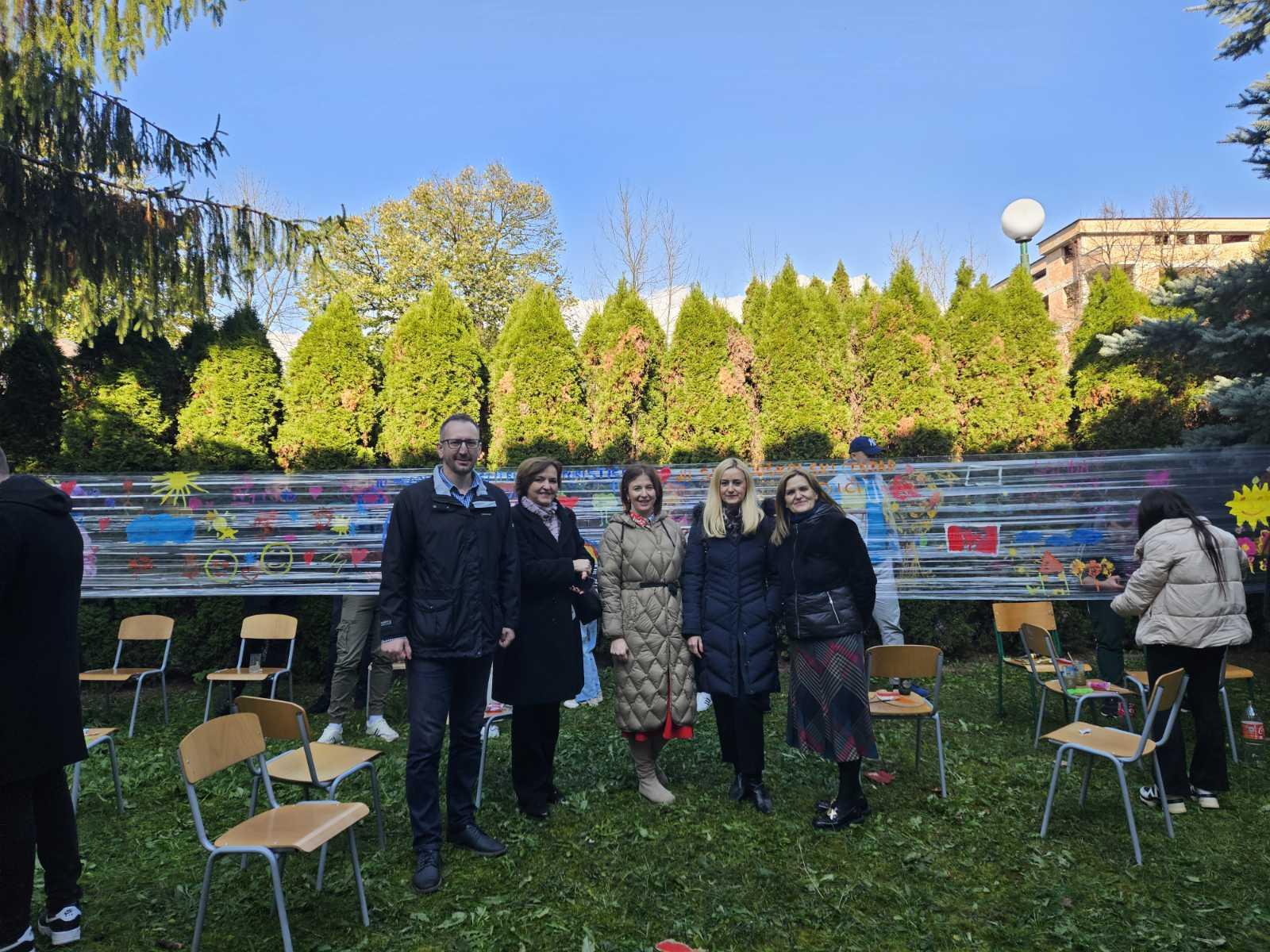The goal of this practice was to enable students with developmental disabilities to participate in joint creative activities with their peers, thus developing their social and creative skills. Through collaboration with students from another school, the opportunity for mutual interaction and experience exchange was also provided.
Goal: To encourage students with developmental disabilities to actively participate in social and creative activities, involving other students to increase social inclusion.
Problem to solve: The need to create opportunities for creative expression and the development of team spirit among students, as well as strengthening the bonds between students with disabilities and their peers.

